Unveiling the Secrets of a Living Legacy
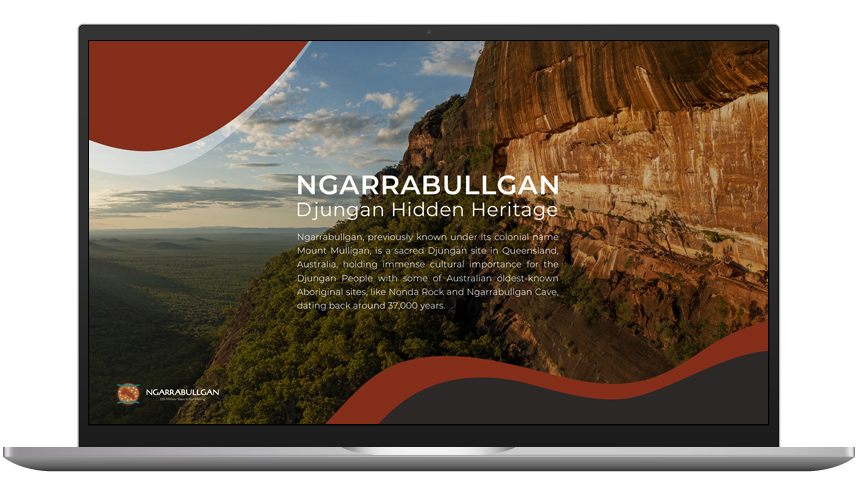
230 Million Years In the Making
Where Culture and History Merge, Unveiling 37,000 Years of Legacy
Ngarrabullgan, the mountain and its surrounds, is a place of considerable cultural and research significance. Culturally it is the heart of the Djungan homeland. For Djungan people, Ngarrabullgan has direct associations with Dreaming stories which remain important to the community today. The mountain is the home of spiritual beings and has been an important place for ceremonies, such as initiations. Ngarrabullgan is one of the oldest occupied places in Australia, revealing human occupation of the region and continent over 37,000 years. The occupation of Ngarrabullgan Cave from this time is vital to an understanding of the history of settlement of the continent, making it one of the most important archaeological places in Australia.
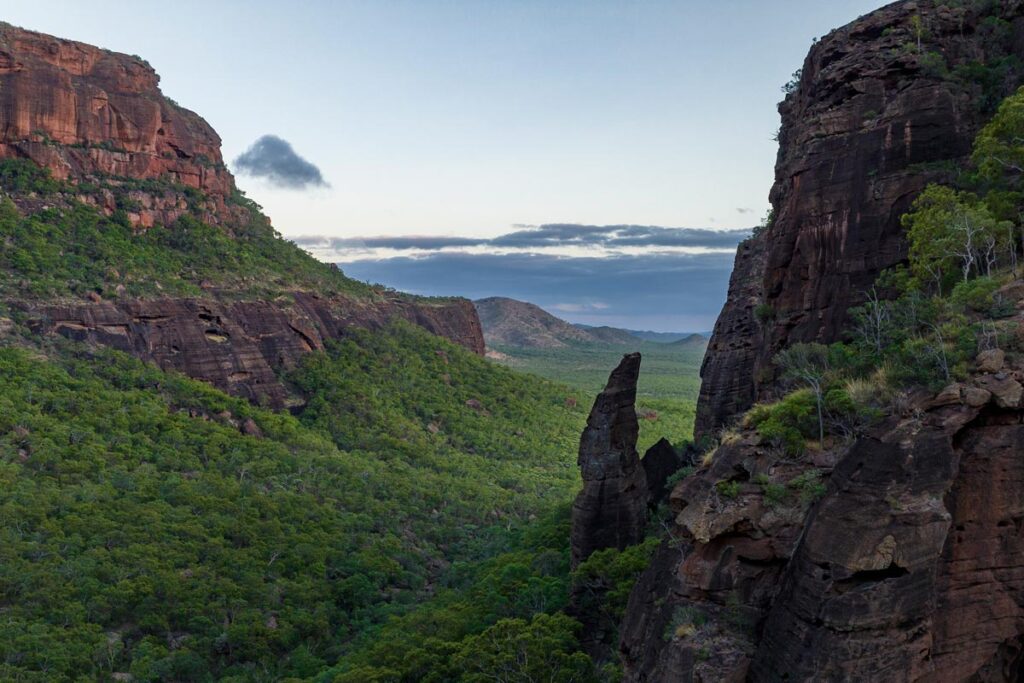
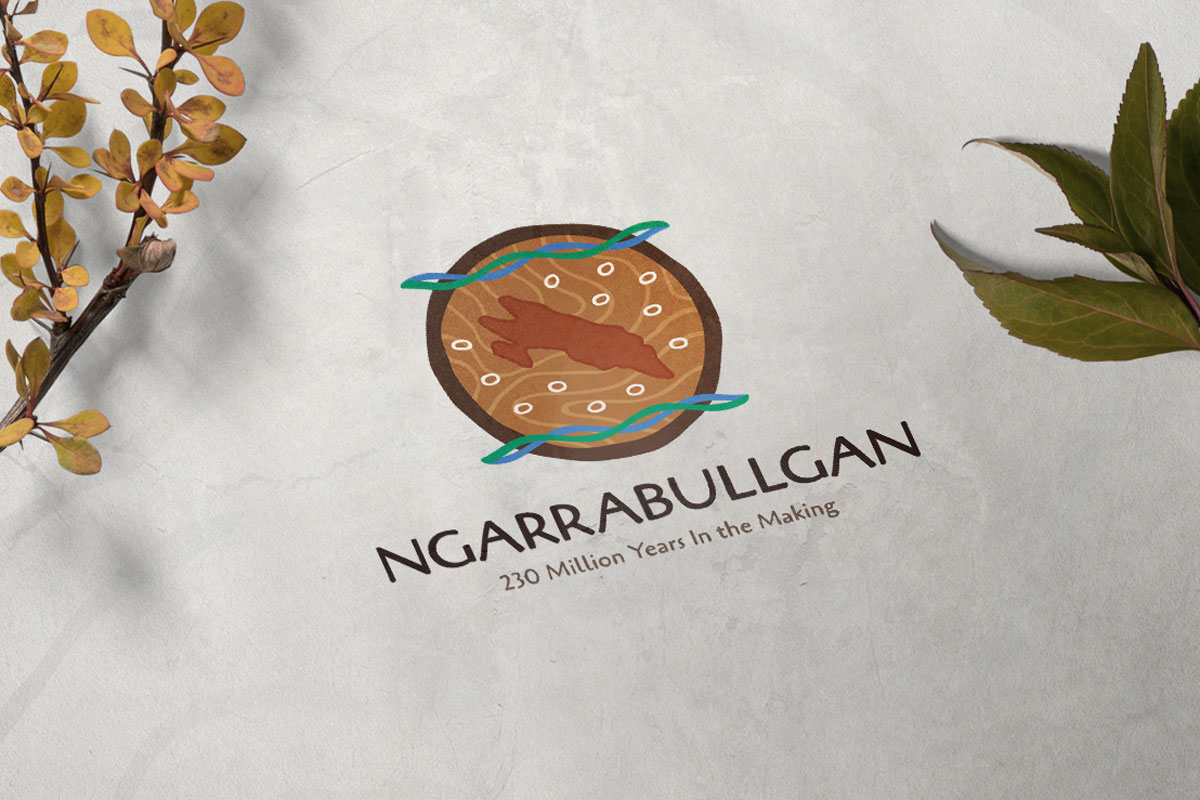
Sites around Ngarrabullgan demonstrate continued use of this place over a vast length of time from the very earliest evidence for human activity through to the most recent late Holocene changes.
Changes in social and cultural patterns in the Holocene, as documented elsewhere across the continent, are well represented at Ngarrabullgan by changes in the intensity of human occupation, the introduction of rock art at twenty-two recorded shelters and changes in material culture. The evidence from Ngarrabullgan is important to an understanding of the relationship between art and social organisation and identity, specifically in northern Australia during the late Holocene.
There is important evidence which enhances a knowledge of human occupation, land use and lifestyles during the Pleistocene.
Ngarrabullgan is outstanding because of the diversity, preservation and extent of a range of archaeological features, which includes rock art, camping places, tool making areas and rockshelter occupation, especially considering the size and frequency of the archaeological deposits.
Sites have been preserved both on the mountain and around the base of the mountain. The presence of known sacred places and initiation places with associated archaeological deposits enhances this importance.
The mountain and its surrounds are excellent examples of Aboriginal camping areas associated with a major religious site and resource focus, as well containing rock art and occupation sites within a complex of religious places. Stylistically, the rock art at Ngarrabullgan forms part of the artistic tradition of northern Queensland and like other rock art complexes dating from the mid-late Holocene, reveals a trend towards increasing local individualism.
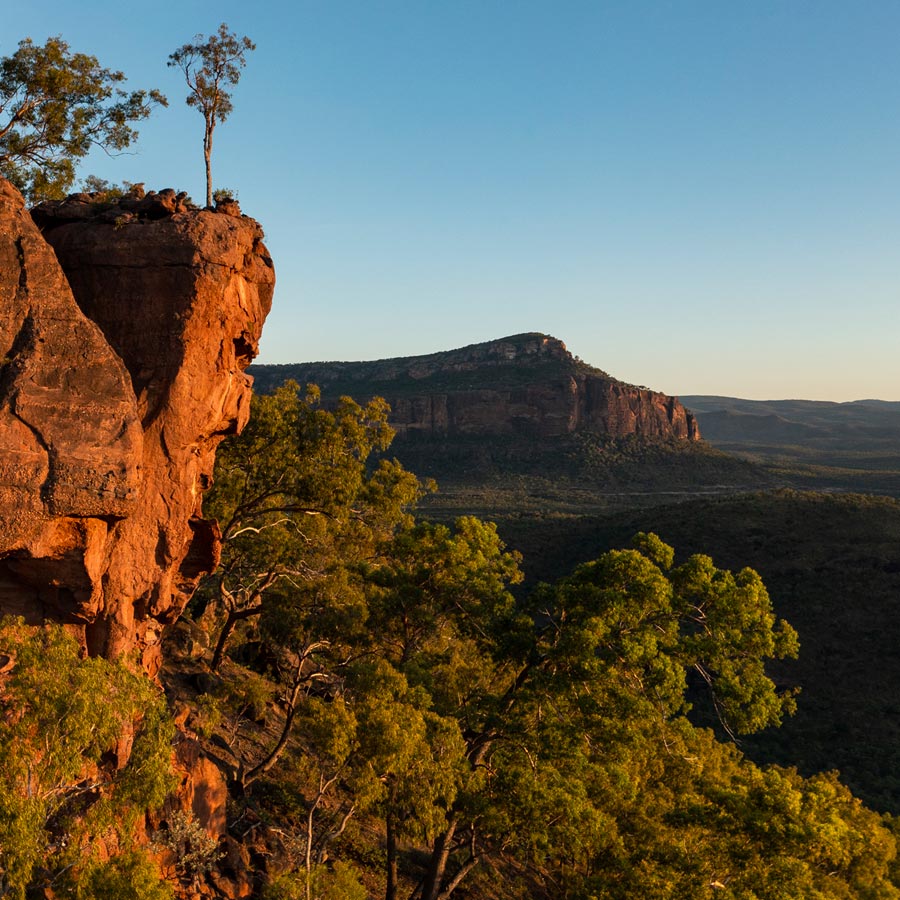
In the heart of Ngarrabullgan, a world unfolds – a living testament to the intricate interplay of geology, biology, and the wonders of evolution. This mountain, steadfast through eons, holds secrets etched in its rocks, whispered by its unique flora and fauna, and painted in abstract tales on its ancient walls. It beckons us to explore, to unravel, and to protect the treasures it guards.
– Bruno David (Monash University)
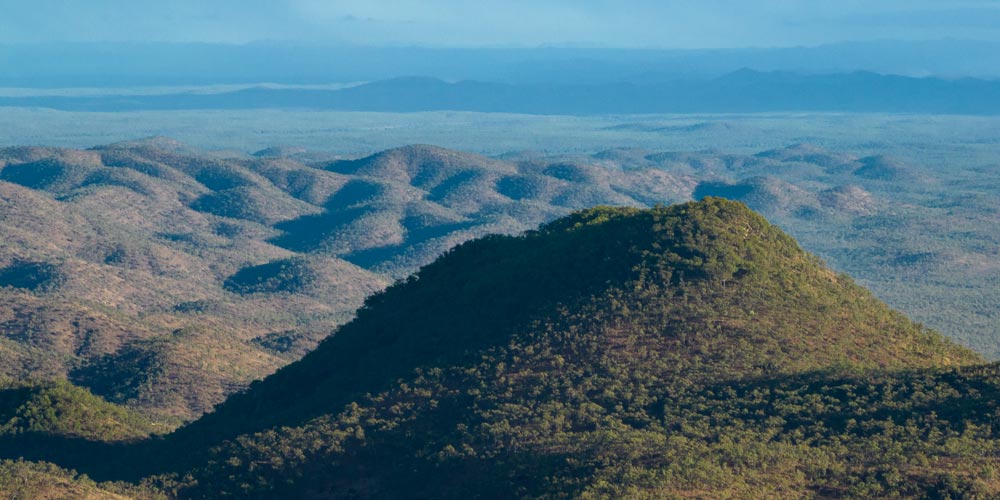
Ngarrabullgan Cave is one of the most important places for archaeological research in Australia. Its is also the oldest Aboriginal site so far known in Queensland. The contribution of this place to an understanding the of human occupation of the region, as well as to developing scientific techniques for the dating of such evidence, has been remarkable. Its potential to exceed this contribution is suggested by the amount of work being conducted by researchers studying environmental and geological history, as well as previous human occupations.
The rich and intact archaeological deposits at Ngarrabullgan have been significant in addressing technical issues of dating very old cultural material. Further research may prove valuable in dating deposits of a similar antiquity from elsewhere in Australia. An analysis of the rock art from around and on the mountain will continue to contribute to studies of regionalism and intensification in human occupation in northern Queensland during the mid-late Holocene. Ngarrabullgan is a prominent natural monument with an impressive association of cultural and natural features, which are highly valued by Djungan people. As a complex, the place has a considerable aesthetic impact on visitors from Australia and overseas who are guided through the country by members of the Djungan community.
Dreaming Stories
- End of Djungan Dreamtime
- Ngarraboolgan
- Dollar Bird Story
- Moon Story
Djungan people have two ancestral figures who were the original inhabitants of the country. These two ancestral figures could take the form of two birds Mirki- the night owl, or mopoke and Raku - another night bird. These ancestral figures represent the two totemic groups of the Djungan people. When the other ancestors came to this land Mirki was attacked and surrounded by grass fires. Mirki took refuge in the hollow of a tree, where night owls do not go. Mirki had to change into a bird to escape. This action led all the other ancestors to change into the various birds, animals, and other forms they have now, and thus brought to a close the mythical ancestral period at the beginning of time.
The rock wallabies became jealous of the eagle hawk who could see over vast distances as he soared high above the plain. On his advice, they built a huge pile of stones as a high vantage point. The swamp pheasant built her nest on top and raised her chicks there but Eekoo, a ‘debil debil’ came and killed them. In a rage, the swamp pheasant lit a bushfire in the hope Eekoo would be caught in it, but he quickly made a lake, dived in and saved himself. The fierce heat fused the stones and became the great mountain Ngarraboolgan. The lake is called Koogarro and is still there, and according to legend, so is Eekoo...
Warrkungu, the mussel man, also called the spirit bird (dollar bird), moves mussels, in Djungan called kundi, around during the night. It is said that when one cannot find mussels in the river, where they are usually to be found, one knows that Warrkungu the musselman has moved them to another location during the night.
In the past two men were travelling. One was good, the other was bad. Then some other men killed one of the travellers, but he rose again. They killed him again and cut him into pieces, but he rose again. The third time the men cut the man into four pieces and threw them into the different directions, the last one was thrown east, and that is the moon now.
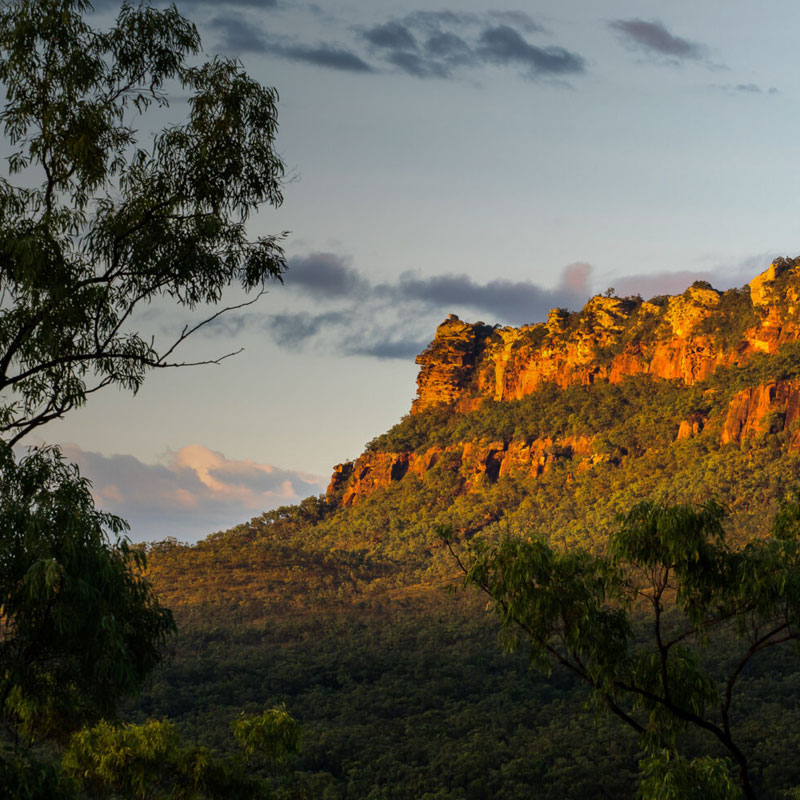
Our Djungan Home
What happened to the flowers and the bees?
I hear the sound of happy families suddenly fading away
Is it because if the monuments that stand in our place?
Why did this happen to us?
We were just being happy and free
We still hear the screams from gunshots ringing in our ears
But proud of our ancestors that stood without fear
To protect our lands we hold so near
Their monuments now fall to the ground
There’s no more gold to be found
So now we can return to our tribal lands
Our Djungan home... Ngarraboolgan.
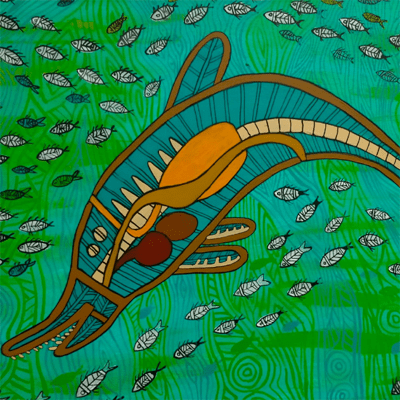
Thanks for supporting us
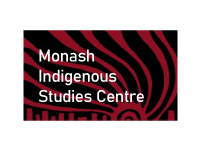

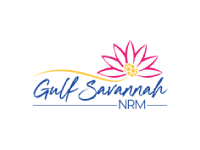


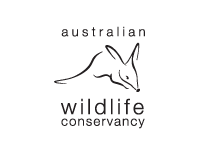
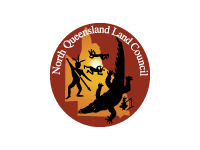
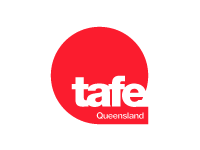



Discover the heart of Djungan homeland, where Dreaming stories come to life